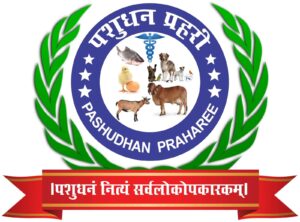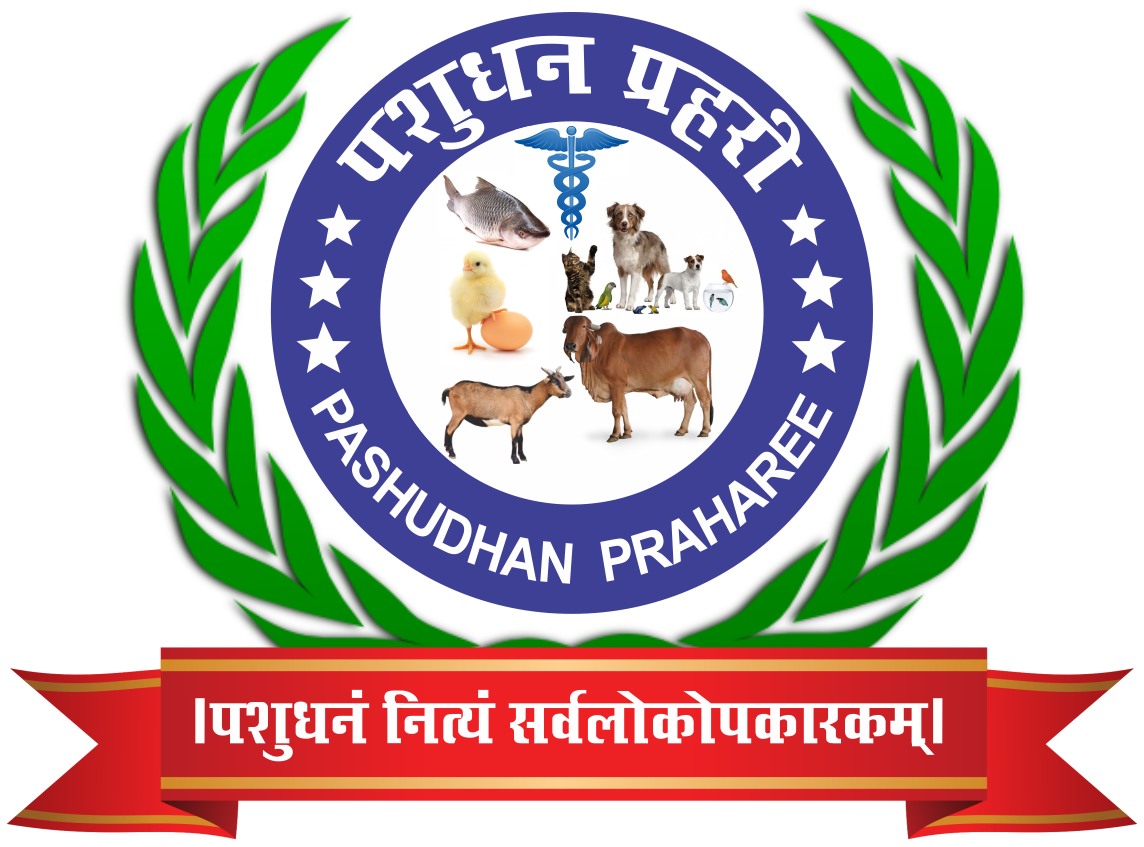CLIMATIC CHANGE AND CLIMATIC RESILIENT LIVESTOCK FARMING FOR A SUSTAINABLE PRODUCTION
Dr. R.Selvakkumar
Professor and Head
Department of Livestock Production Management
Veterinary College and Research Institute
Tamil Nadu Veterinary and Animal Sciences University
Tirunelveli- 627 358
The long-term changes in the average weather patterns in the local, regional and global climate is known as climate change. Human activities are the prime factor for the climatic change primarily by the burning of fossil fuels. Generation of greenhouse gases like carbon dioxide, methane, ozone, nitrous oxide, chlorofluorocarbons, and water vapor for a blanket like a layer wrapped around the Earth which will result in trapping the solar heat and raising global temperature temperatures. So, many sectors are contributing to the emission of greenhouse gas and the energy, industry, transport, construction activities, agriculture and land use patterns are among the prime sectors that cause greenhouse gases.
Since global warming is having a great negative impact on entire living creatures, the entire world is focusing on this issue and taking diversified action plans to curtail the production of GHG emission. Likewise, so many newer technologies and approaches are evolved and entrusted to reduce the impact of global warming on the production and health of livestock and poultry sector.
Enhancing the resilience of livestock to the vulnerable climate change through strategic research and technological intervention in livestock farming is the need of the hour for sustainable production. Though, effect of climate change is witnessed all over the world, developing countries like India are more vulnerable due to its population size and major dependency on agriculture.
 |
| Fig.1 Sector wise global greenhouse gas emission |
From the illustration, it is clear that the agricultural sector contributes less than a quarter in greenhouse emission and the livestock sector contributes only 5.80 %. Though, the less numerical value does not mean that it is ignorable. Since we also play a role in global warming and are responsible, it is our responsibility to take mitigating steps to eco-friendly livestock farming to reduce our share in greenhouse emission.
Greenhouse gases and global warming
Greenhouse gases consist of carbon dioxide, methane, ozone, nitrous oxide, chlorofluorocarbons, and water vapor. Greenhouse gases blanket the Earth, they trap the sun’s heat. This leads to global warming and climate change.
Global increase of population resulted in overuse of natural resources and damage to the natural ecosystem and ended in global warming, pollution, natural disasters etc. Burning fossil fuels, deforestation and farming livestock are increasingly influencing the climate and the earth’s temperature. These activities will result in adding enormous amounts of greenhouse gases to those naturally occurring in the atmosphere and thus will increase the greenhouse effect and global warming.
 |
| Fig.2 Global greenhouse gas emission by gas |
 |
| Fig.3 Sector wise Carbon di oxide emission |
Among the greenhouse gases, carbon dioxide contributes more than 75 % of the total emission and in it, agriculture contributes only 11 %. In this Agricultural sector contributes 11 %. Methane emission is about 16 % and in this 28 % is from the livestock sector for enteric fermentation.
 |
| Fig.4 Sector wise methane emission |
IMPACT OF GLOBAL WARMING ON LIVESTOCK AND POULTRY
Livestock and poultry at present are high producing in nature and need a very ideal environment to express their full production potential. They are more easily affected by any mild stress than the indigenous animals and birds. Hence, Climate change is a serious concern for livestock and poultry maintained currently.
 |
| Fig. 4 Impact of climate change on Livestock |
Apart from the direct effect of climate change on livestock, some indirect effects like water scarcity also have some adverse effects on livestock productivity. Processing, storage, transport, retailing and consumption of livestock products are also needing an ideal climatic factor and in any deviation it definitely affects this.
The adverse effect of climatic change can be felt at various stages of livestock production. Single or combination of adverse climatic factors negatively affect the livestock productivity directly or indirectly.
- Livestock Feed resources
The productivity, nutritional quality and year-round availability of feed resources are important for a sustainable production of livestock and poultry. Soil quality, rainfall, and ideal thermal condition are very important for a plant to express their full production potential. Any shortfall in any one of the above factors will definitely interfere with the productivity of the plant which provides the basic feed ingredient for animal feed.
The nutritional quality of a particular fodder is determined by many factors like optimum water availability, soil fertility, post harvesting climatic condition etc. for example, flood during the harvest of cereal fodder will definitely affect the cereal quality by fungal invasion. Hence, to avoid this, we should select climate resilient crop varieties.
Year round availability of feed and fodder is also very important to get a balanced production performance from the livestock and poultry. Fluctuation or variability in the feed and fodder resources may be the result from the extreme climatic condition and unavailability of certain resources necessary for the plant growth.
- Pressure on water resources
Extreme hot climatic conditions will result in increased the requirement and utilization of water by the plant. The water stressed places are more vulnerable to global warming and it will affect the productivity of the feed and fodder and these all will result in a negative impact on livestock and poultry productivity. Drought or flood, both play a vital role in spoiling the drinking water quality for the livestock.
- Animal health and welfare
Production, welfare and lifespan of animals are dependent on a favourable factor like feed resources, ideal climatic condition, disease free environment etc. But these all factors are negatively influenced by the extreme climatic factors and make the animals and birds more vulnerable.
- Harvesting, processing and storage
Harvesting, post harvesting processing and storage are very important to maintain the quality of feed and fodder up to they enter into the feed trough or manger. Any extreme climatic condition interfere during the above cycle will affect the nutritional quality and keeping quality of the feed and will end in providing a quality compromised feed and fodder to the livestock.
- Effect on the quality of consumer products
The quality of the animal products to the consumers are very important to fetch a higher price in the market. Adverse climatic conditions make the animal more vulnerable to diseases and this affects the product obtained from the animals. Further, feed and fodder resources obtained from a climatic affected area are substandard in nature and this will affect the quality of the end product from the animals and birds.
- Price
Unpredicted climatic conditions are resulting from global warming and this will result in reduced feed and fodder production, higher price for feed and fodder and increase the market price of the consumer products.
- Socio-economic aspects of climate change
Most of the rural poor run their life with the income from agriculture and livestock rearing. Due to poor climatic conditions, the reduced production from their livestock will move them toward alternative professions.
CLIMATE RESILIENT LIVESTOCK FARMING
The effect of global warming in India is more alarming as the rural economy is primarily dependent on agriculture and livestock production systems. Nearly 70 % of livestock in our nation is maintained by small and marginal farmers, and landless labourers. For the livelihood security of the livestock farmers, latest climatic resilient technologies and introduction of livestock to adopt and express their full production potential at any adverse climatic condition are necessary.
Feeding and fodder production strategies
- Production of area specific fodder varieties to withstand the local climatic condition.
- Sensitization of farmers about silage preparation, paddy enrichment technologies and other post harvesting technologies to fulfil the nutritional needs of their livestock with the available feed resources.
- Change of farm practices as per the prevailing local climatic condition like allowing animals for grazing during dawn and dusk to avoid summer heat stress.
- Make the availability of potable cool drinking water throughout the day during the sunny days to avoid dehydration.
- Adding of buffer and supplementation of essential minerals to avoid mineral deficiencies.
- Extending common grazing land and maintenance of available grazing land will be helpful to the animals which are dependent wholly on grazing.
- In rainfed areas, all the tillage and land preparatory measures should be done properly and keep the land ready to cultivate immediately after showers.
- Use of unconventional feed and fodder resources will be helpful during an acute shortage of feed and fodder during natural calamities like droughts and floods.
- Feeding animals with a nutritionally balanced diet to fulfil the need of animals during adverse climatic conditions without increasing the feeding cost is a must.
Genetic approach
- Adaptation and acclimation capability of animals varies with in the species and
even within breeds. Proper genetic approach in selection and breeding will helpful to evolve a strain or breed with a substantial capacity to face the abiotic stress.
- Housing management to reduce environmental stress
The basic objective of providing good animal shelter is that, It should protect the animals from high and low ambient temperatures, environmental humidity, solar radiation, wind and rain. It should also reduce the abiotic stress allowing optimal animal production performance.
- Construction of shed to provide maximum protection from environmental stress
- by following housing design suitable for the local climatic condition.
- In areas with hot climates, planting of trees for shade, fixing reflecting roof
- materials, use of suitable insulation materials for roofing cultivation of grass surrounding the animal shed were helpful to save the animals from hot solar radiation.
- In areas with humid climate, leak proof roofs and buildings, elongated eaves,
- construction of shed in an elevated area of the farm, providing artificial heating sources for the young and ill animals are essential to make the animal comfortable throughout the year.
- Irrespective of the climatic condition, provision of sufficient floor space
- and proper ventilation are essential for maximum comfort of the animals.
- Precision livestock farming with a set of farming practices include use of
- advanced technologies, to deliver better results in livestock farming may be suitable for the financially capable farmers.
Health care management
Climate change is strongly associated with many emerging and re-emerging animal diseases. Providing additional health care management and assisting the ailing animal in a proper way may be useful to control such health issues during climatic stressed periods.
- During adverse climatic conditions, livestock are more vulnerable to diseases as
the climate acts as a favourable platform for the multiplication of vectors and disease producing organisms.
- Extra care should be taken while practicing the routine vaccination, deworming
and dipping schedules as any lapse in it may result in extra stress in the animals which are already stressed by climatic factors.
Conclusion:
The climate change scenario at the global level is well documented. Hence, livestock farming needs some modification and improved farming practices to overcome the situation. Follow latest technologies in breeding and feeding management, selection of heat and diseases tolerated animals, follow the novel technologies to reduce the greenhouse gas emission from livestock and make availability of fodder throughout the year irrespective of the climatic condition are prime important to get a sustainable income from the livestock irrespective of the climatic condition.



